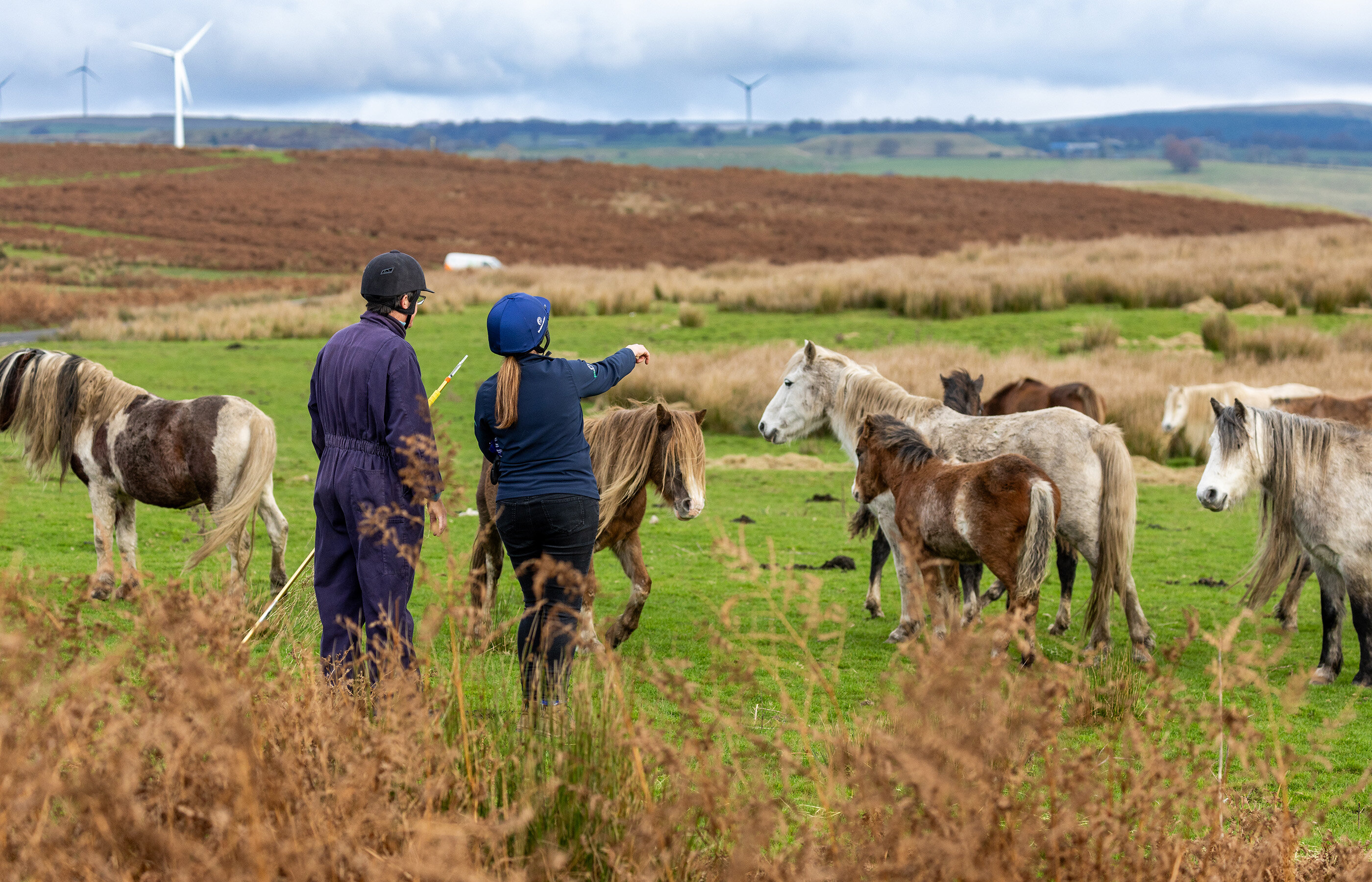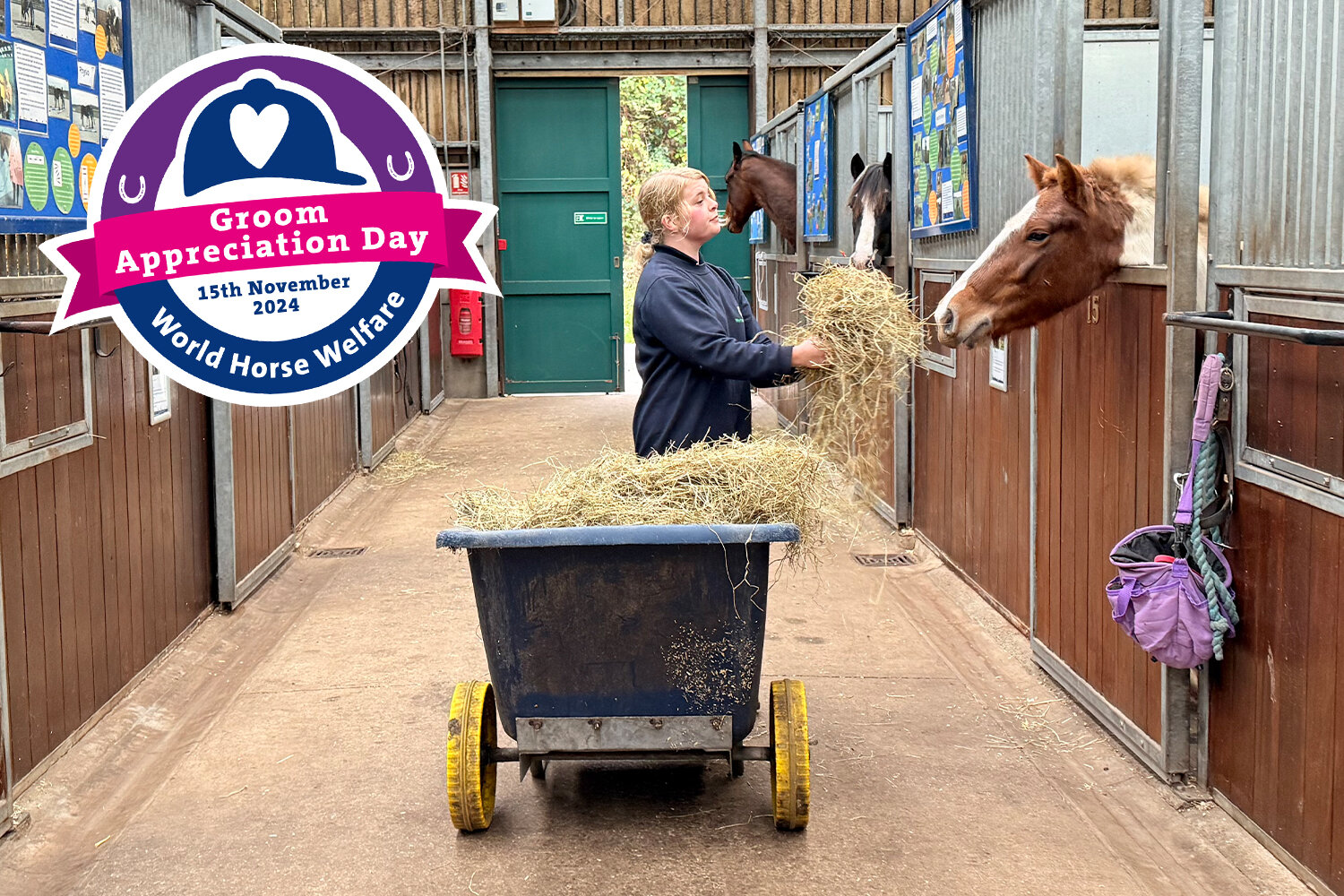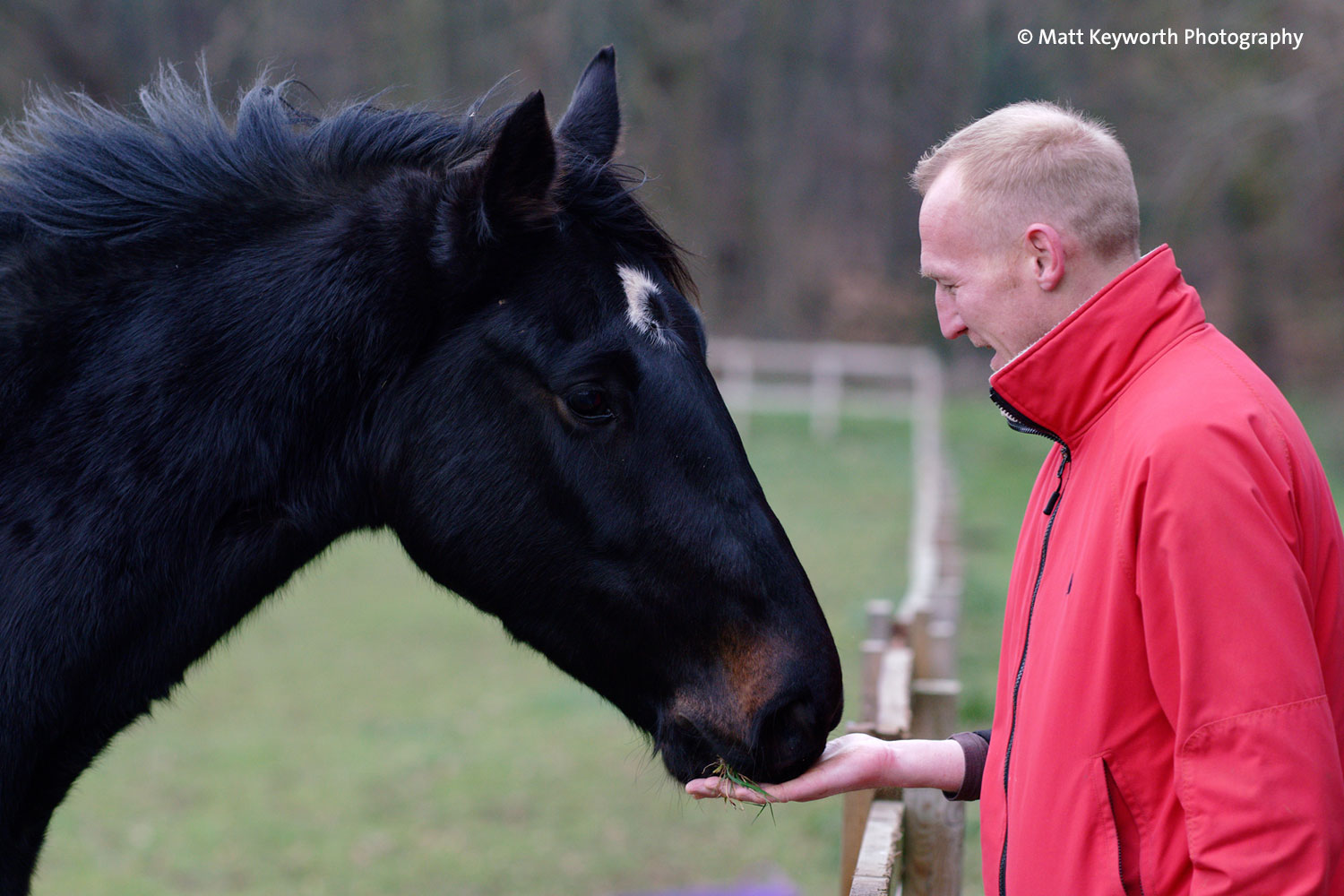A brighter future for the ponies of Gelligaer
Smithy is enjoying a brighter future thanks to multi-agency work on Gelligaer and Merthyr Common
Posted on 14/05/2025

Over the last two years, our charity has been working alongside the RSPCA and Redwings on a project to deliver a sustainable solution to the growing population of ponies on Gelligaer and Merthyr Common. World Horse Welfare Smithy is just one of a number of ponies carefully removed from the common for rehabilitation and rehoming, with the handsome four-year-old bay pony having recently taken up residence in a perfect new home on the Isle of Skye.
There are currently around 250 semi-feral ponies living on the commons of Gelligaer and Merthyr Tydfil, the majority of which are unowned. In November 2024, in partnership with the Gelligaer and Merthyr Commoners’ Association, we were involved in a multi-agency, two-day welfare operation at the common in South Wales .
Alongside the RSPCA and Redwings, and assisted by staff from the Donkey Sanctuary, British Horse Society, Blue Cross, HorseWorld and Bransby Horses, we collectively removed 30 ponies to try and ease the burden on the common before the winter.

Claire Gordon, Chief Field Officer at World Horse Welfare said:
“Commons like Gelligaer are put under increasing pressure each year due to the unchecked breeding of abandoned horses and ponies, and the sheer numbers in the herds, who are competing for resources alongside other livestock. Our collaborative approach to deliver an innovative sustainable solution has the potential to not only help the horses that currently live on the common but also aims to secure the welfare of future generations too.”
The removal and rehoming of ponies via schemes like ours, is an important part of the wider sustainable population management project which aims to improve the welfare of the remaining ponies living in herds on the common by ensuring numbers are more appropriate for the space and resources available to them.
Over the past two years and in two separate operations, a total of 96 horses have been removed by our charities and many are already thriving in their new homes, including World Horse Welfare Smithy.

When Smithy first arrived at our Lancashire rescue and rehoming centre, he was the most nervous of the Gelligaer ponies that were taken into Penny Farm. However, the team worked patiently to gain his trust and following castration his behaviour improved and he became more amenable to being handled. Despite this, he was still quite particular about who he would allow to handle him and therefore a lot of consideration went into finding him the perfect rehomer.
Hayley Penrice, Assistant Manager at Penny Farm, said:
“We knew it would be a challenge finding Smithy that perfect home as he had very particular needs and would still be a project for someone to continue with.
“I had a long conversation with Katherine about Smithy, and she sounded just what he needed with the perfect set up, so she came in to meet him, and Smithy definitely found his person. I always say, especially for the ponies with more specialist needs, there’s always that one person for them, and Kat is just perfect for Smithy. He’s absolutely landed on his feet.”
Topics
Related News

Dumped six-week-old foal lucky to survive: Charity appeals for information
A foal found dumped in a field has survived against the odds and now World Horse Welfare is calling for information.

Multi-agency operation takes place to rescue 43 horses in Wellingborough
World Horse Welfare and the RSPCA led the rescue operation, with a number of other equine charities helping.
Recommended Blog Posts

Plan for an emergency when you’re not around – help us to help your horse
Deputy Chief Field Officer Jon Phipps has top tips for owners on making plans just in case your horse injures themselves when you’re not there.

Meet some of our often-unsung heroes on Groom Appreciation Day – Emily at Penny Farm
"It’s an amazing opportunity to give horses like these a second chance in life so they are loved and cared for."

Autumn worm control: which worms should you test for?
Field Officer Chris Shaw explains which worms you should be testing for in the autumn – and why it’s so important to test before treating.
Enjoy reading stories like this?
Join over 55,000 other horse lovers and sign up for our email newsletter

Join over 55,000 other horse lovers and sign up for our email newsletter
Sign me up now